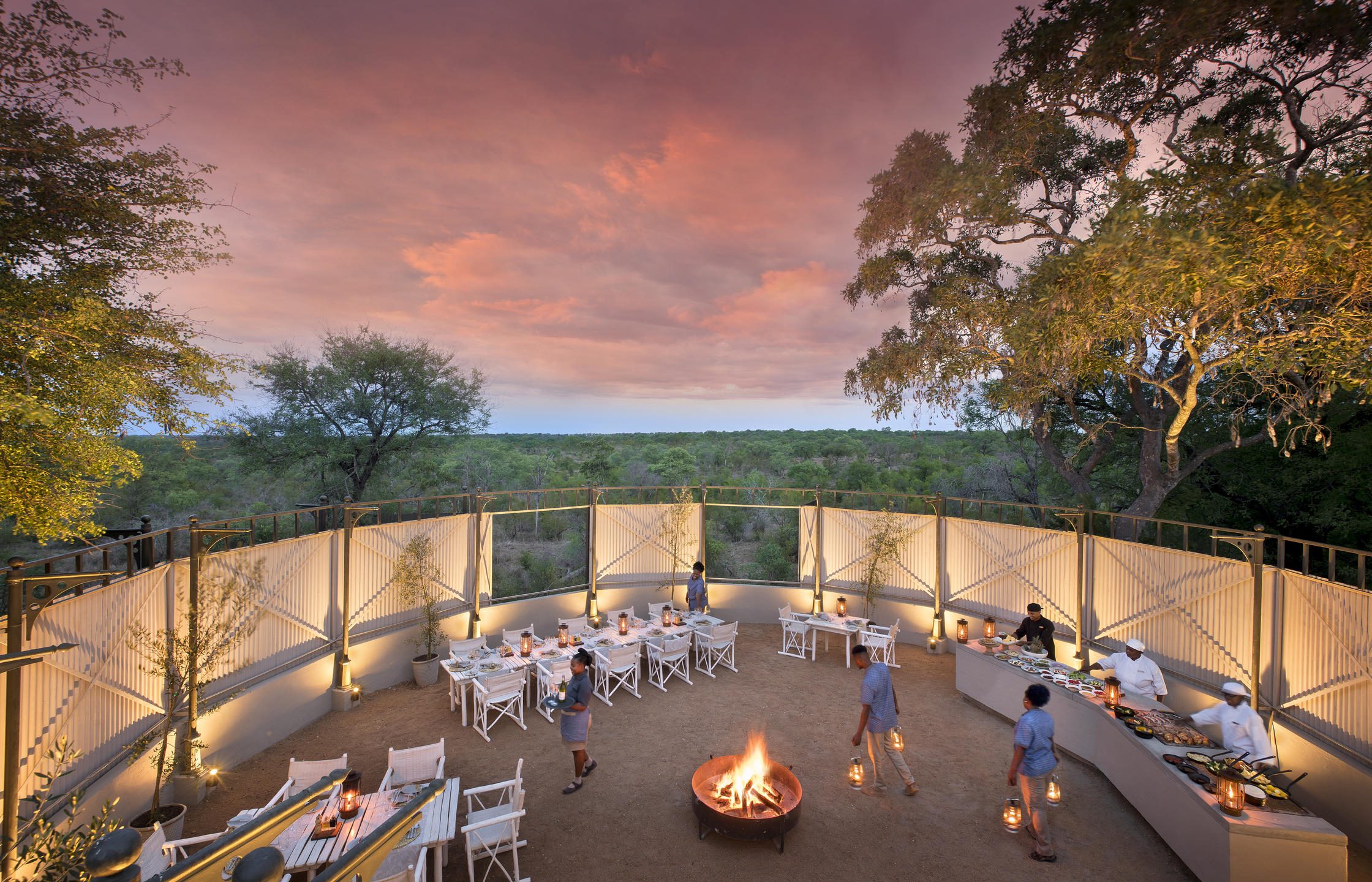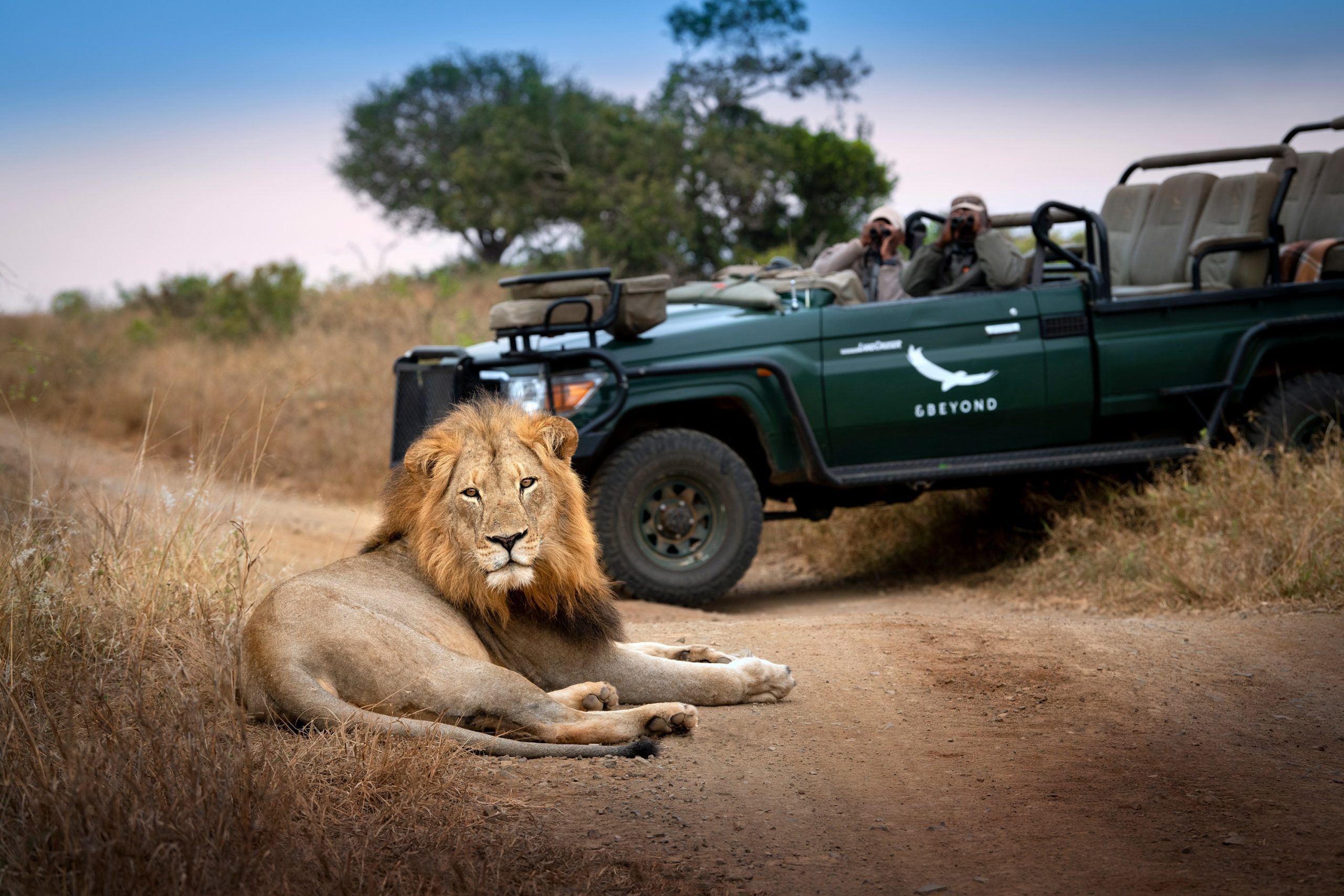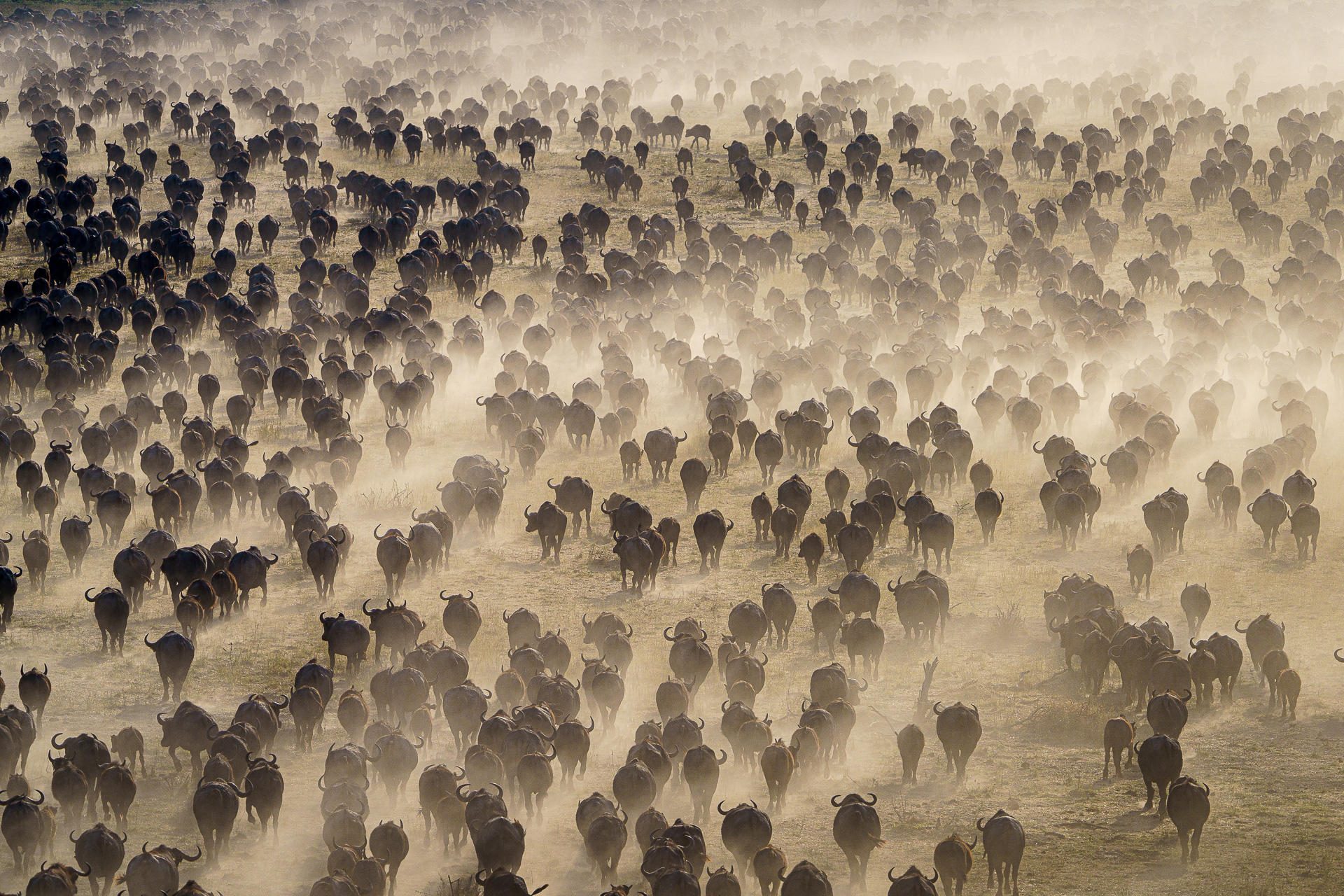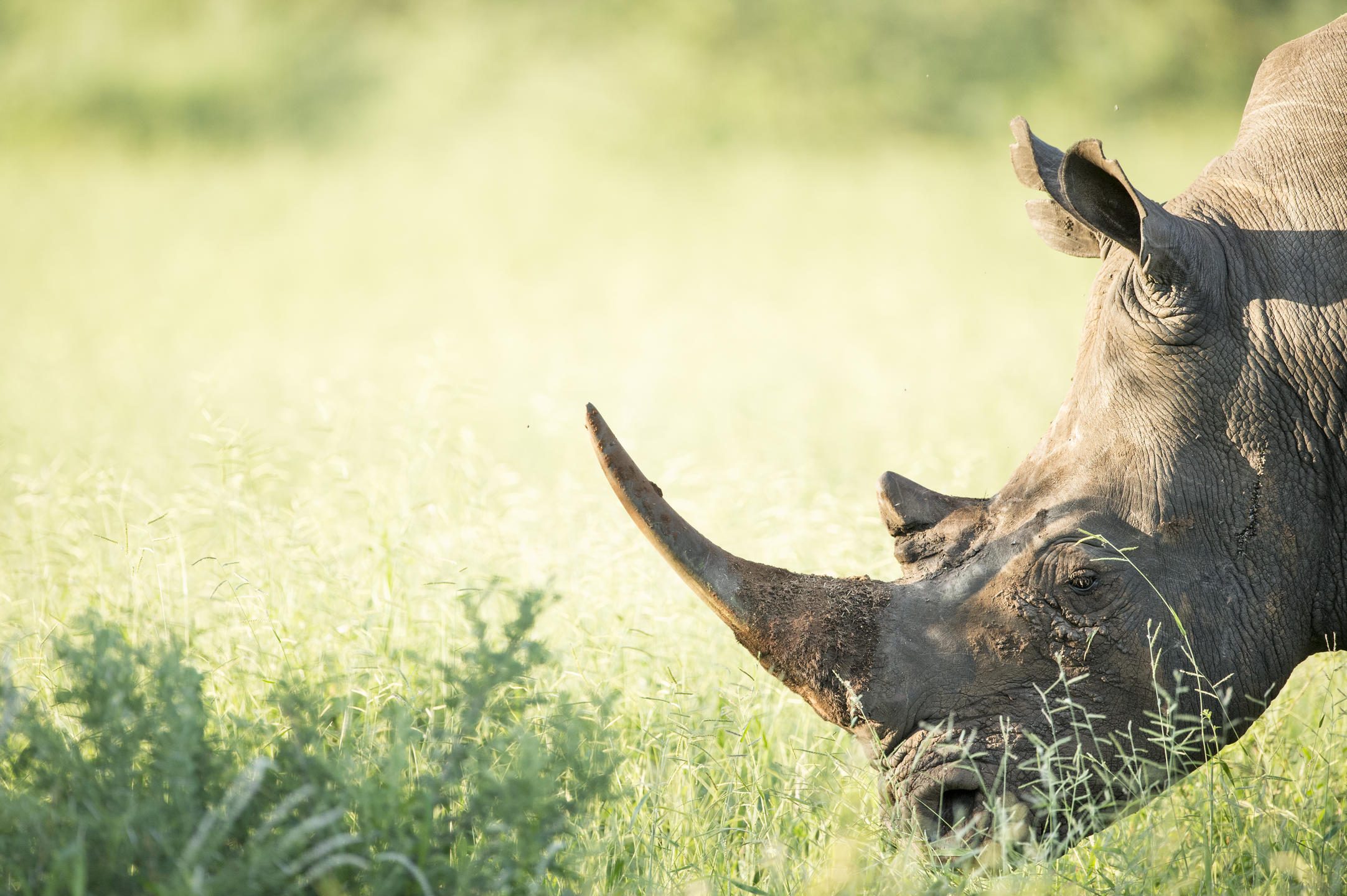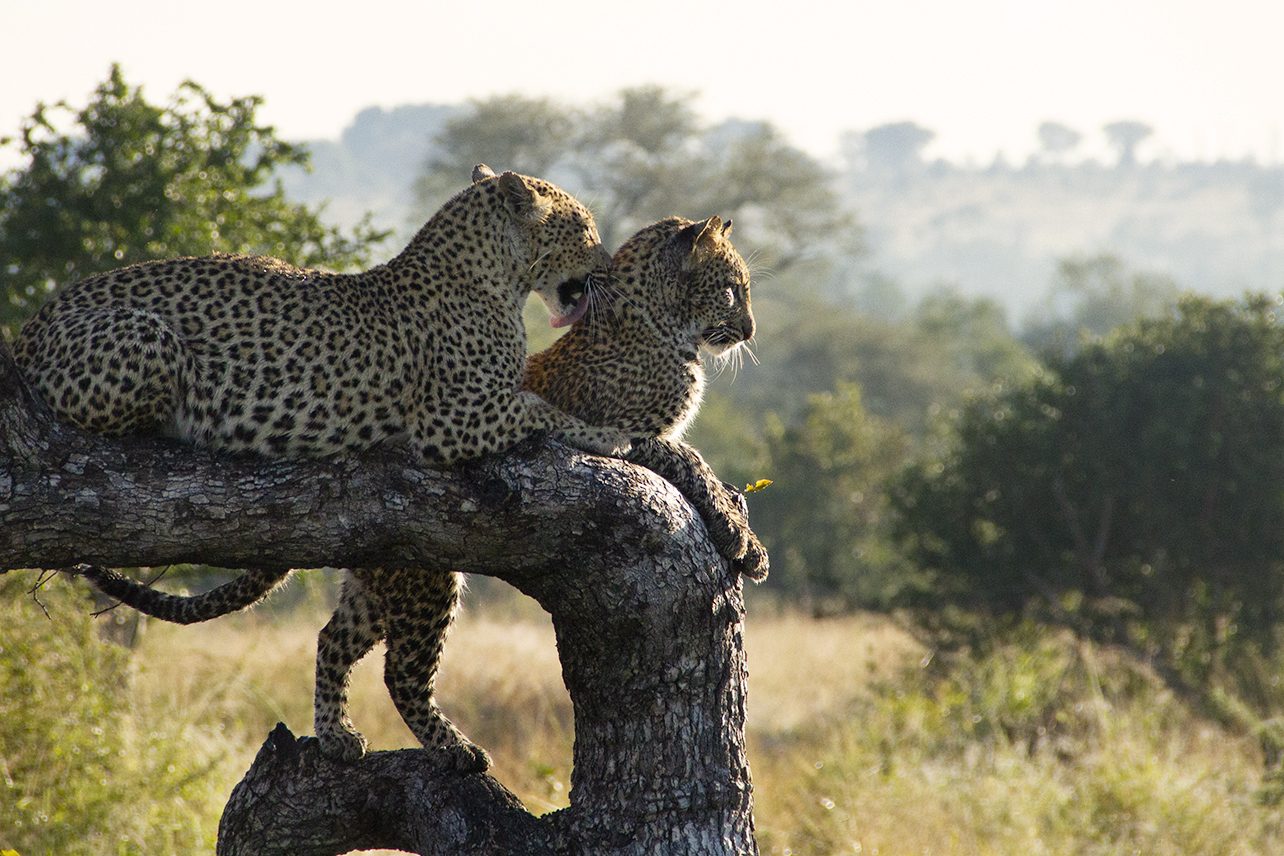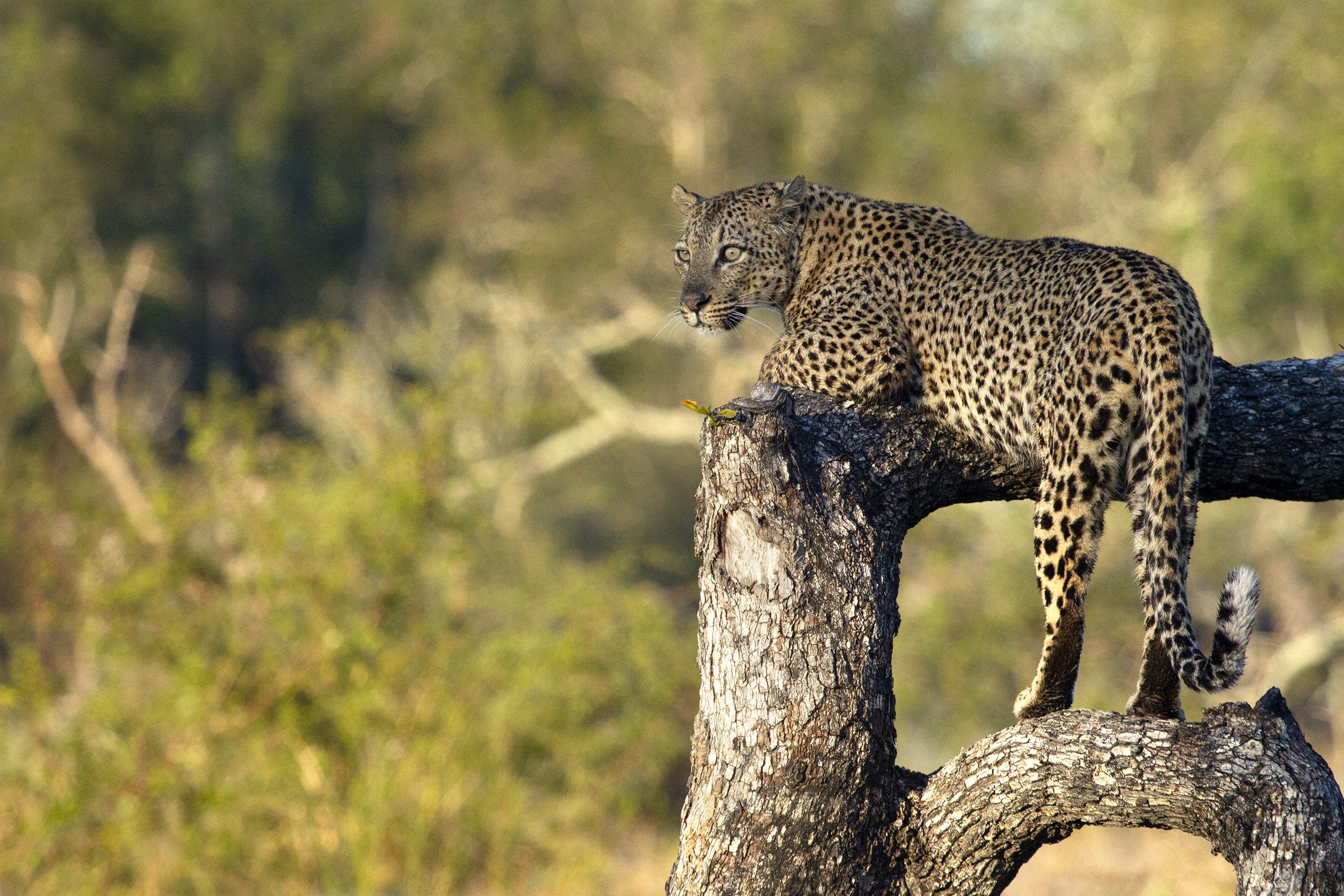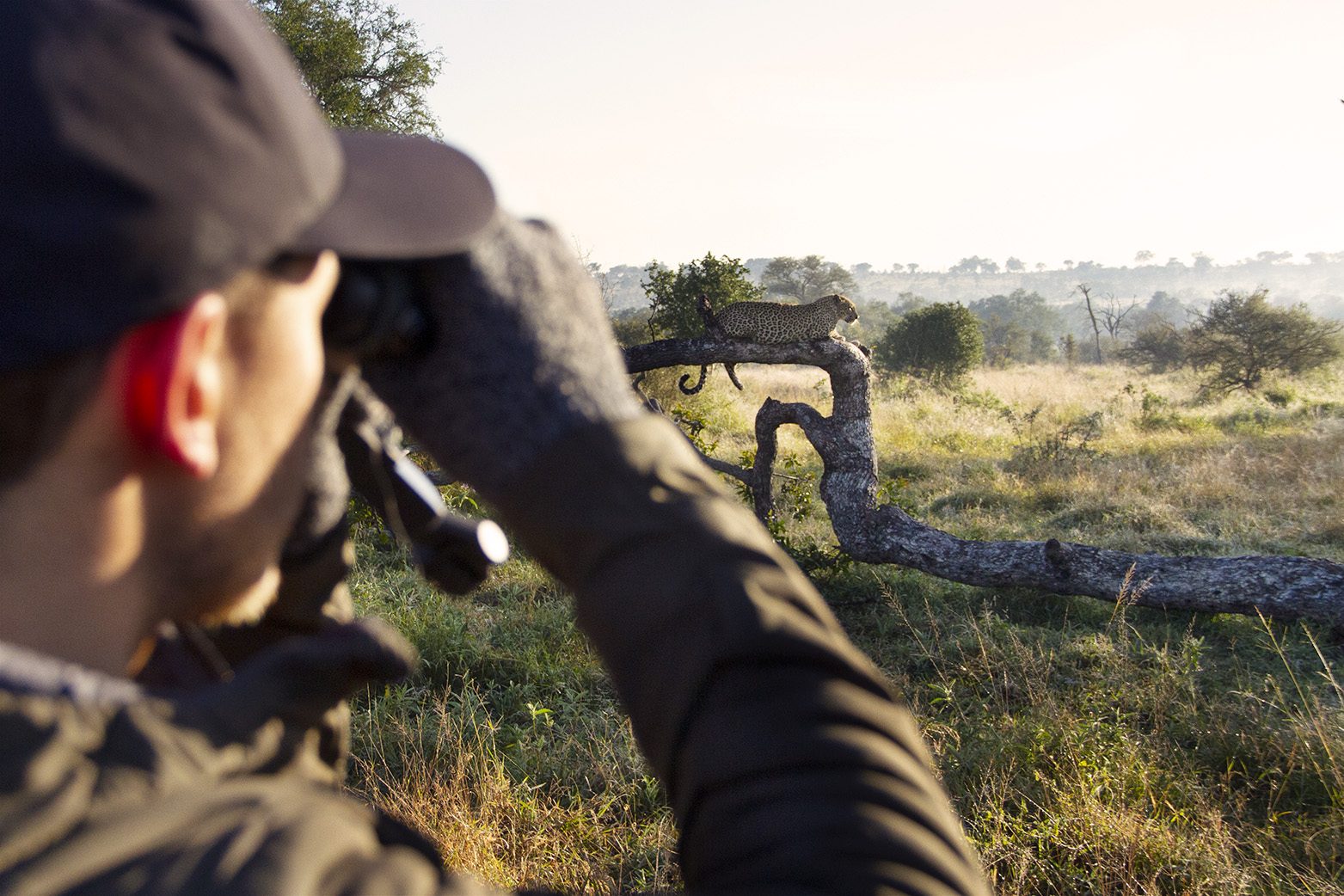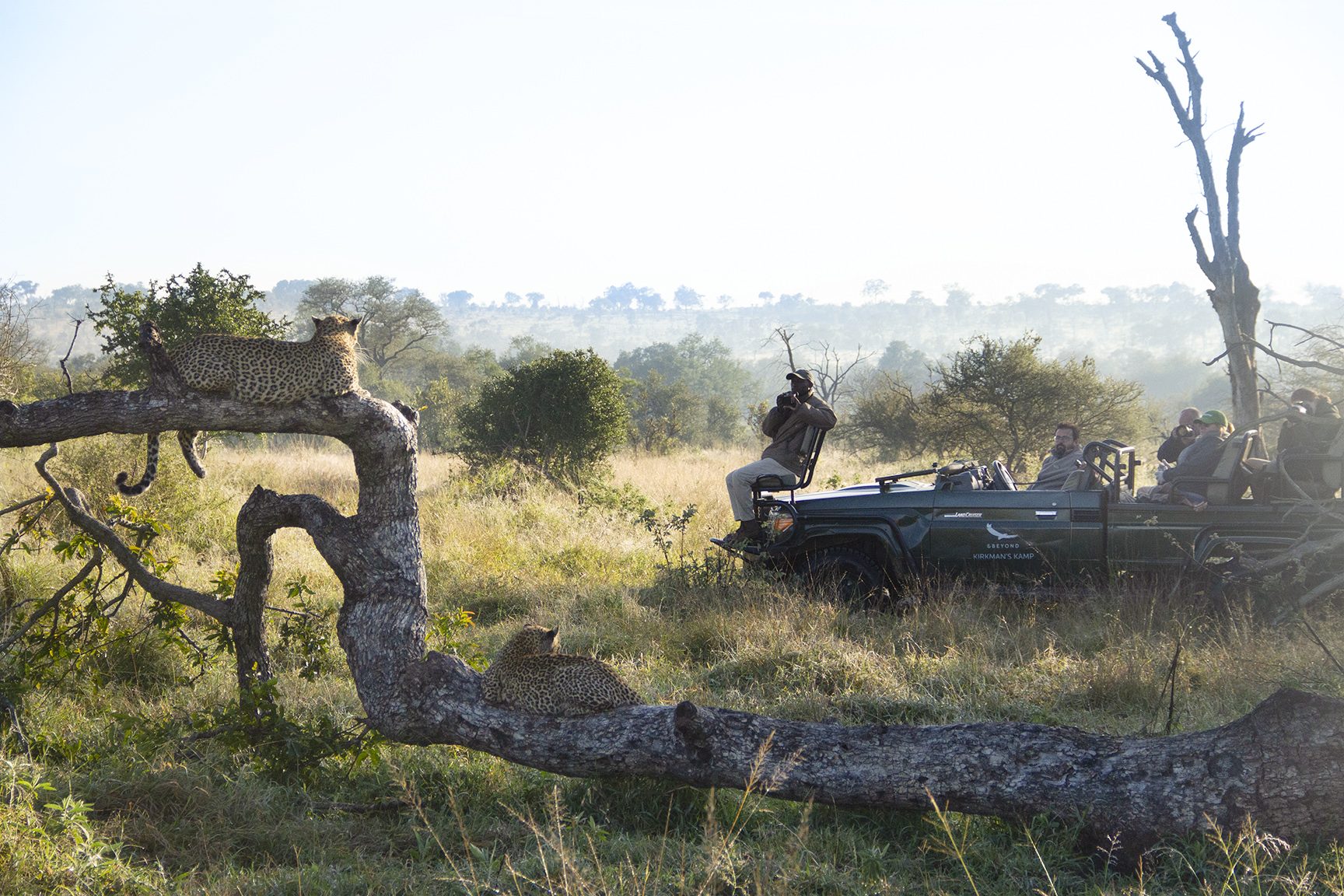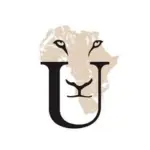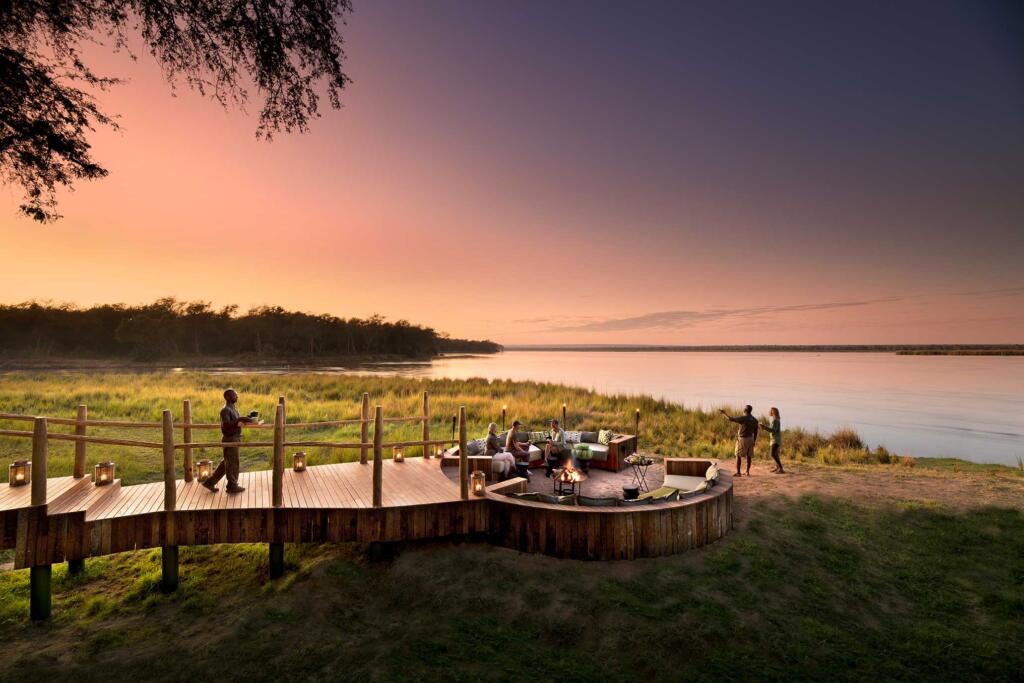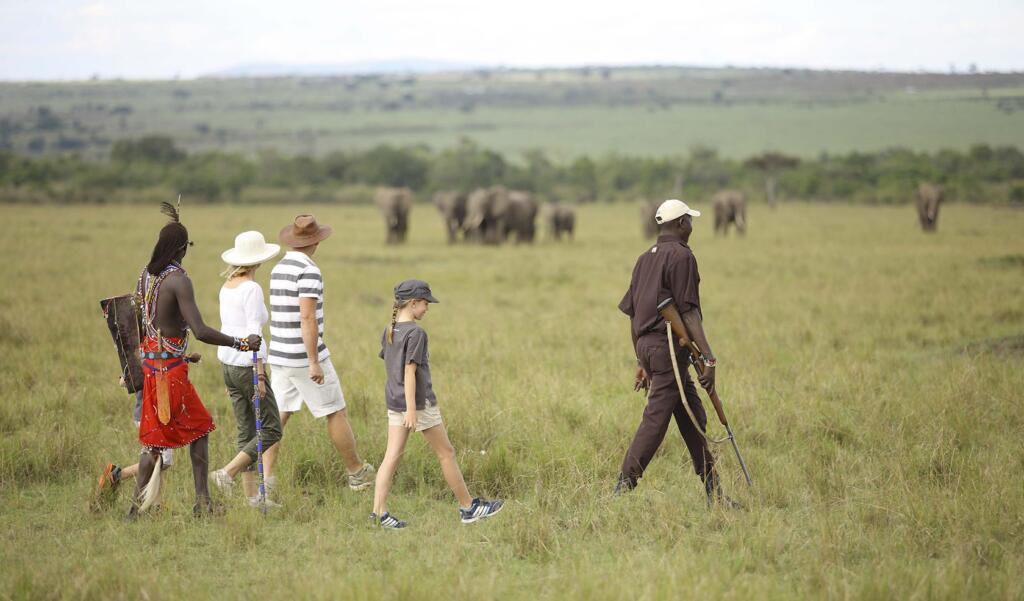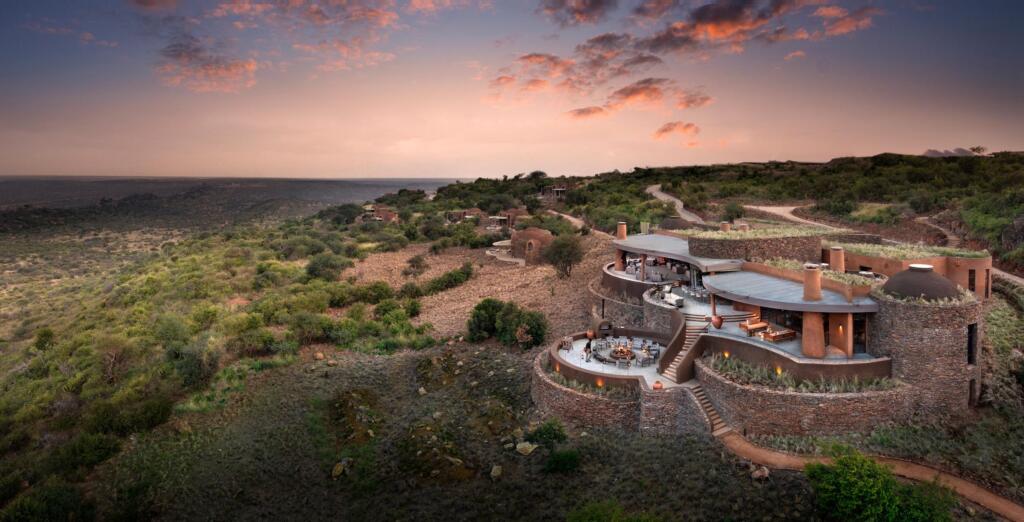
WRITTEN BY: Sean Messham
As a former guide in the Kruger National Park and Sabi Sand Nature Reserve (formerly known as a Game Reserve), the Big Five is without a doubt a metric many safari goers will use to describe or decide whether a game drive was successful or not. Of course, there’s a diverse array of animals like wild dog, cheetah, zebra, giraffe and a variety of impressive bird, insect and reptile species that add value – but for many seeing a member of the Big Five is vitally important.
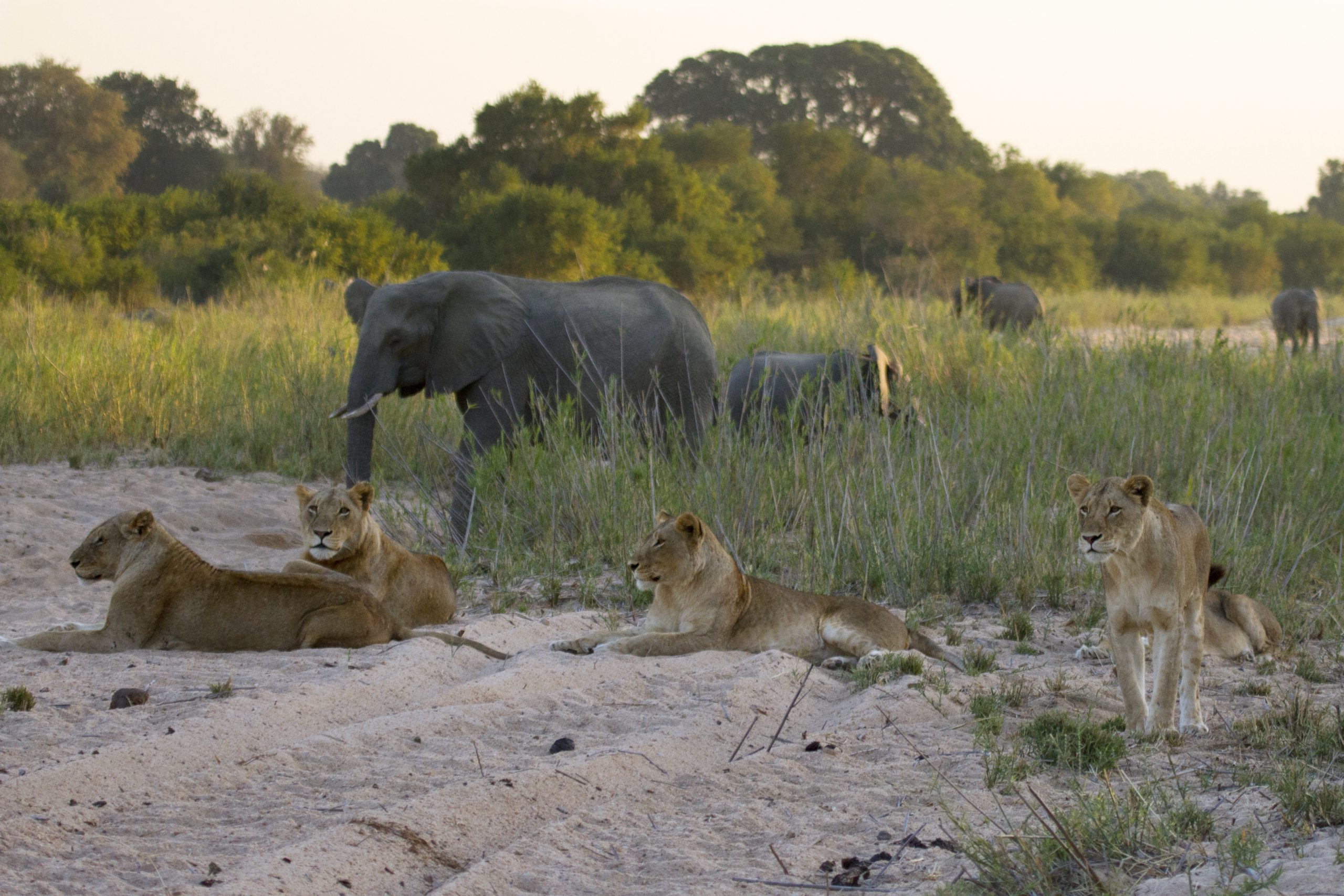
Above Image: the Sand River pride resting in the Sand River by which they got their name, Sabi Sand Nature Reserve, South Africa. Taken by Marketing Manager, Sean Messham
But who are they, and why were they selected? Let’s get down to some of the basics of safari and unlock a little more understanding around these iconic species. And yes – help to confirm why they are so special to observe in their natural space. Because, at the end of the day, they are just incredibly special, majestic and more endangered than one might possibly consider.
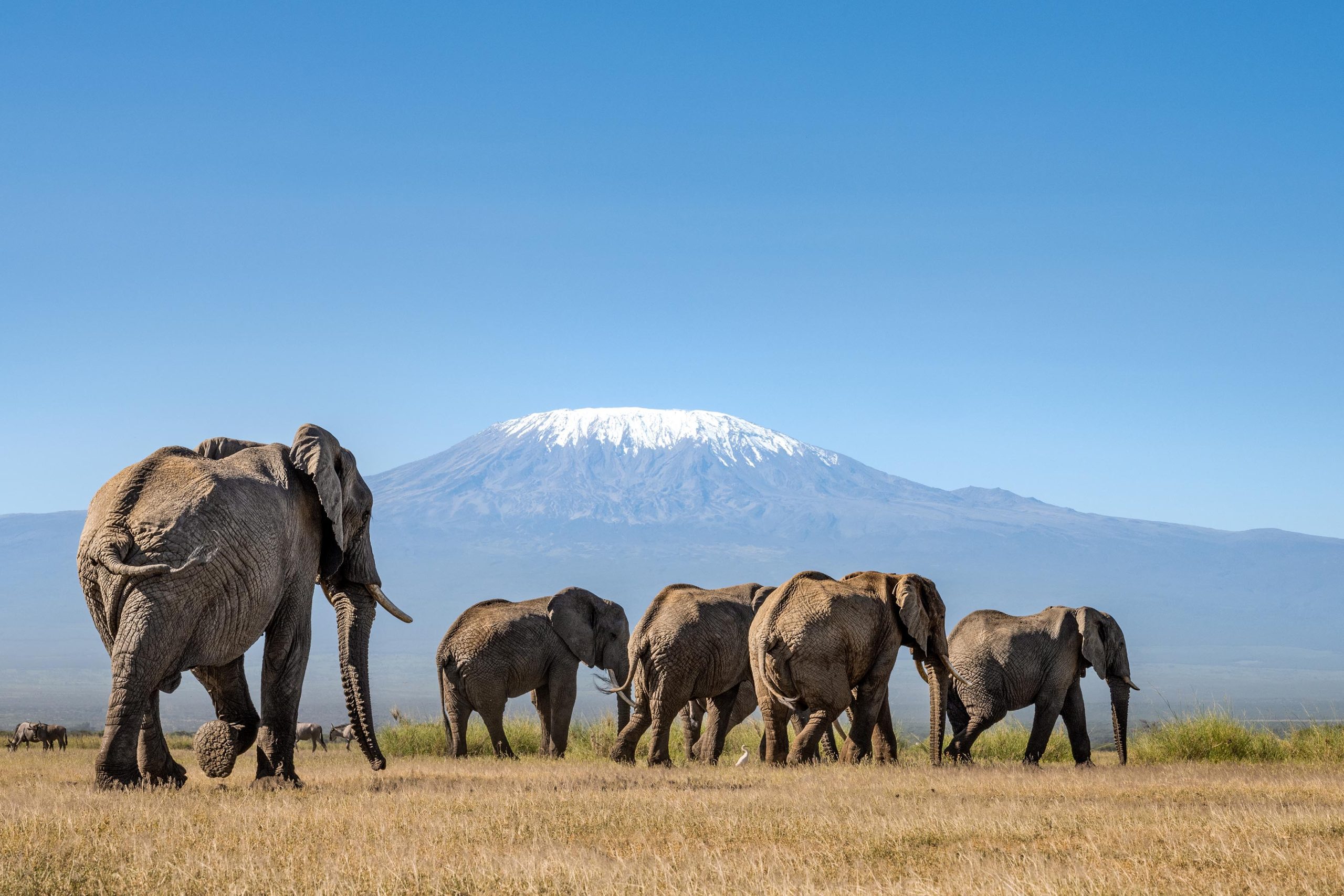
Where did the Term “the Big Five” come from?
A little history, the term “Big Five” is actually a trophy hunting reference that was coined in the 19th century. It refers to the most prestigious and dangerous African animals to hunt while on foot, with each animal having its own unique challenge. The Big Five are, lion, leopard, African elephant, rhinoceros (both black and white) and the African buffalo.
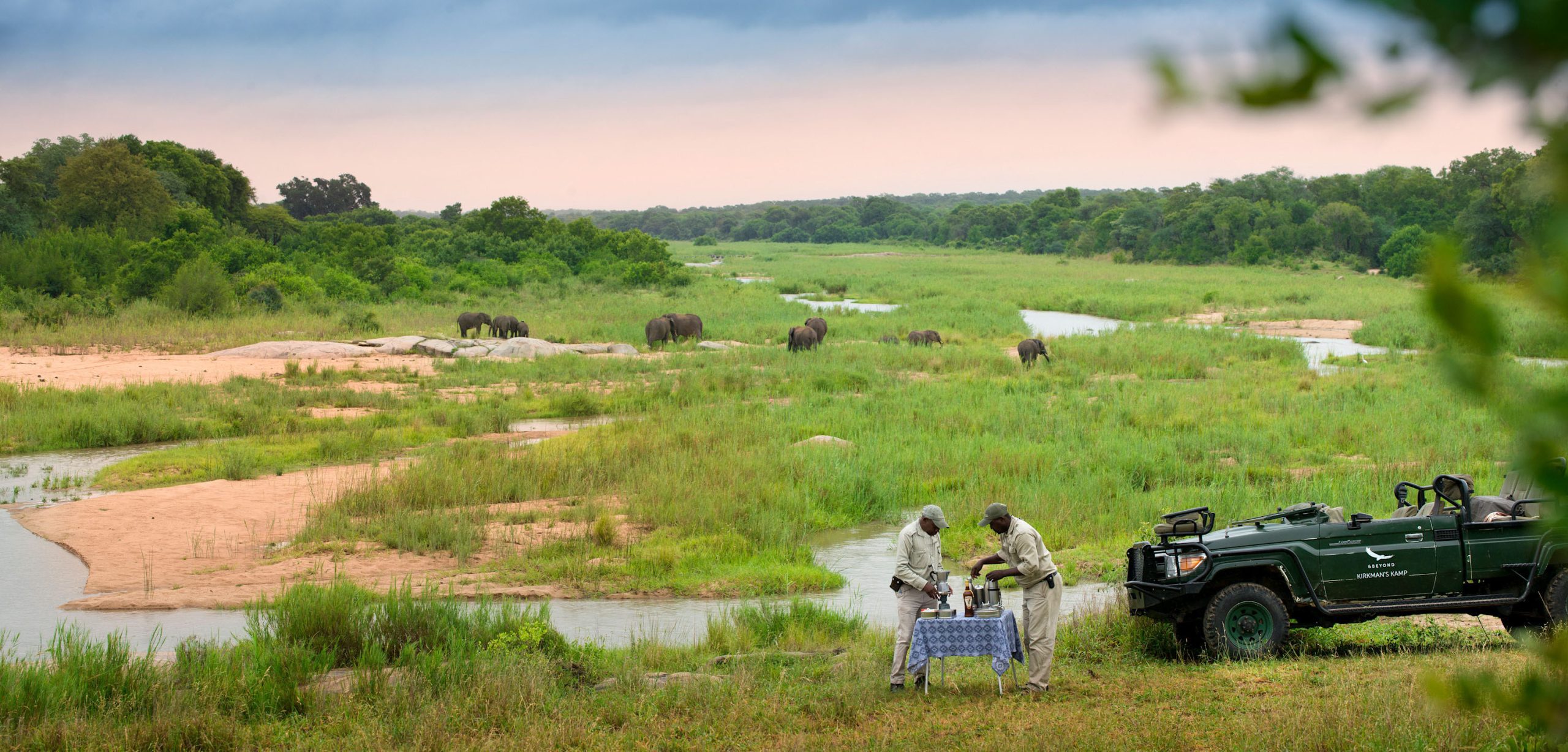
Above Images: Kirkman’s Kamp in the Sabi Sand Nature Reserve, eloquently touches on this history at the lodge. Once a cattle range, it is today one of the most prestigious game viewing destinations in the private reserve.
Today, the term is used in referring to seeing these wild animals in their natural habitat while on a safari game drive. And by going on safari in these protected reserves and National Parks, you are directly helping and contributing to the conservation and protection of these iconic African animals, and therefore, also the diverse ecosystems and habitats they live in.
What are Africa’s Big Five
- Lion (Panthera Leo)
- Leopard (Panthera pardus)
- African Elephant (Loxodonta africana)
- African Buffalo (Syncerus caffer)
- Rhinoceros (black and white)
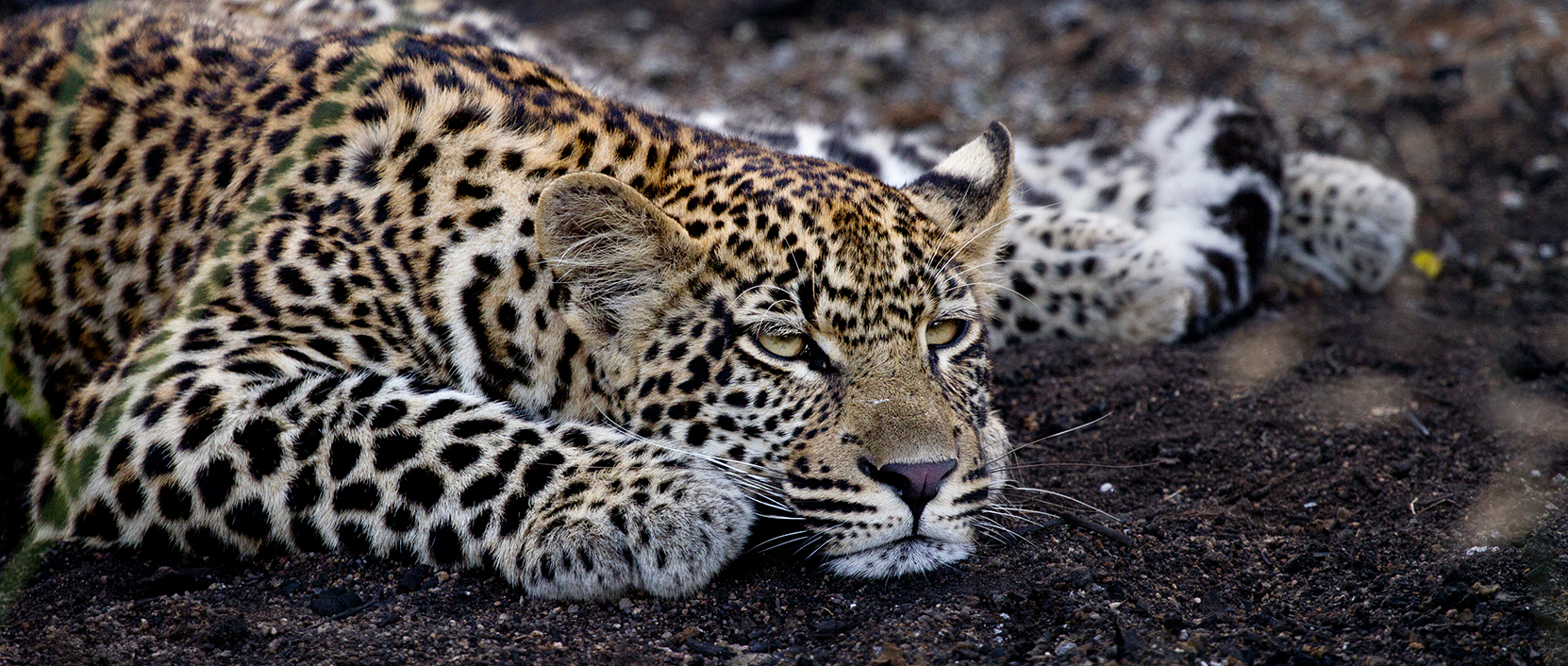
It is a sad reality that many of Africa’s wild spaces are facing continued pressure due to population expansion, human-wildlife conflict, illegal hunting and climate change. As a result, these iconic species are mostly in decline and their historical range is shrinking. As you will read in the numbers, this emphasizes the importance of tourism and supporting local communities to help contribute to the protection of the last remaining wild spaces. Read a brief introduction to each member of the Big Five and their current conservation status.
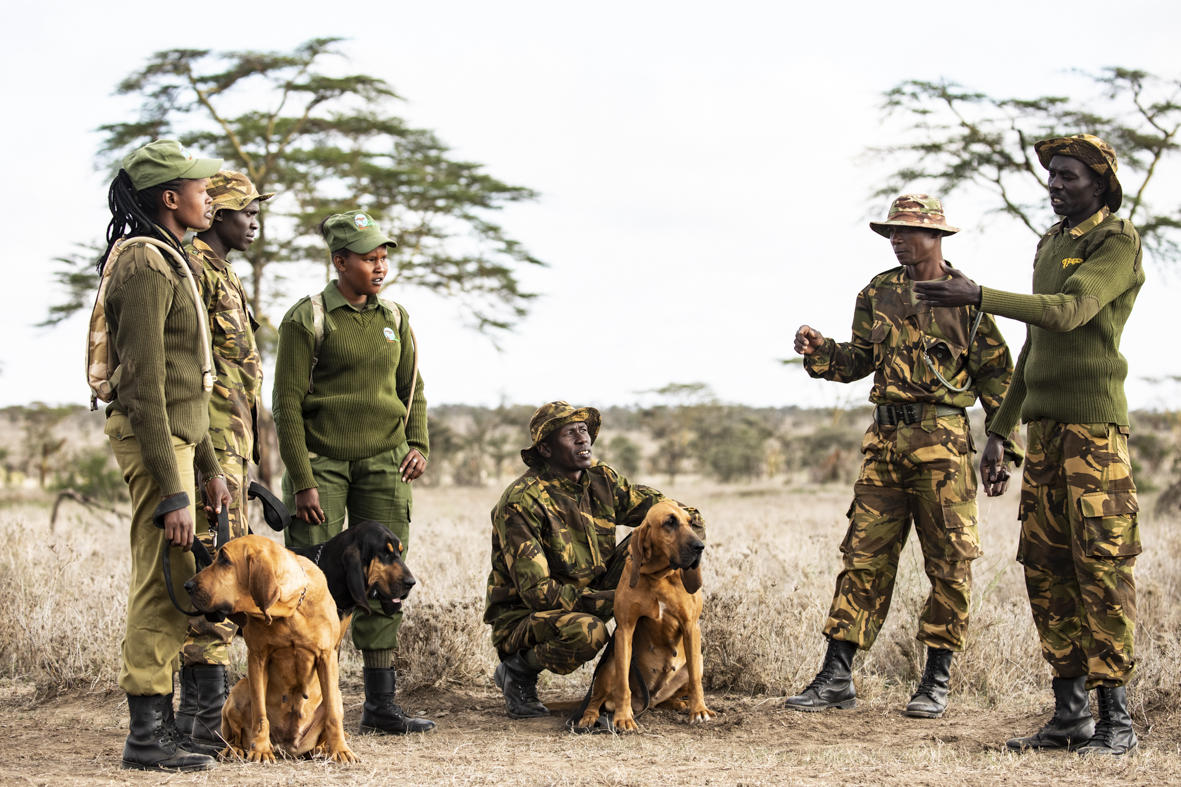
1) Lion (Panthera Leo)
Your life will completely change once you see your first lion in the wild. Their obvious power, strength and endurance will leave you in awe of this impressive big cat. And once you learn about the hard lives they live to get to where they are, your respect for the most social of cats will only grow.

They are also known for sleeping a lot. Some reference books will say they sleep 22 hours a day, however, I have watched lions move and hunt for longer than two hours. So I think this is an overstatement in general. Nevertheless, they prefer to conserve their energy. As a result, you might come across lions appearing ‘sleepy or lazy’. I encourage you to take out your binoculars, look at the details around their face, paws, notice the blood and scars on their body and then listen to the guides’ stories surrounding the pride or individual.
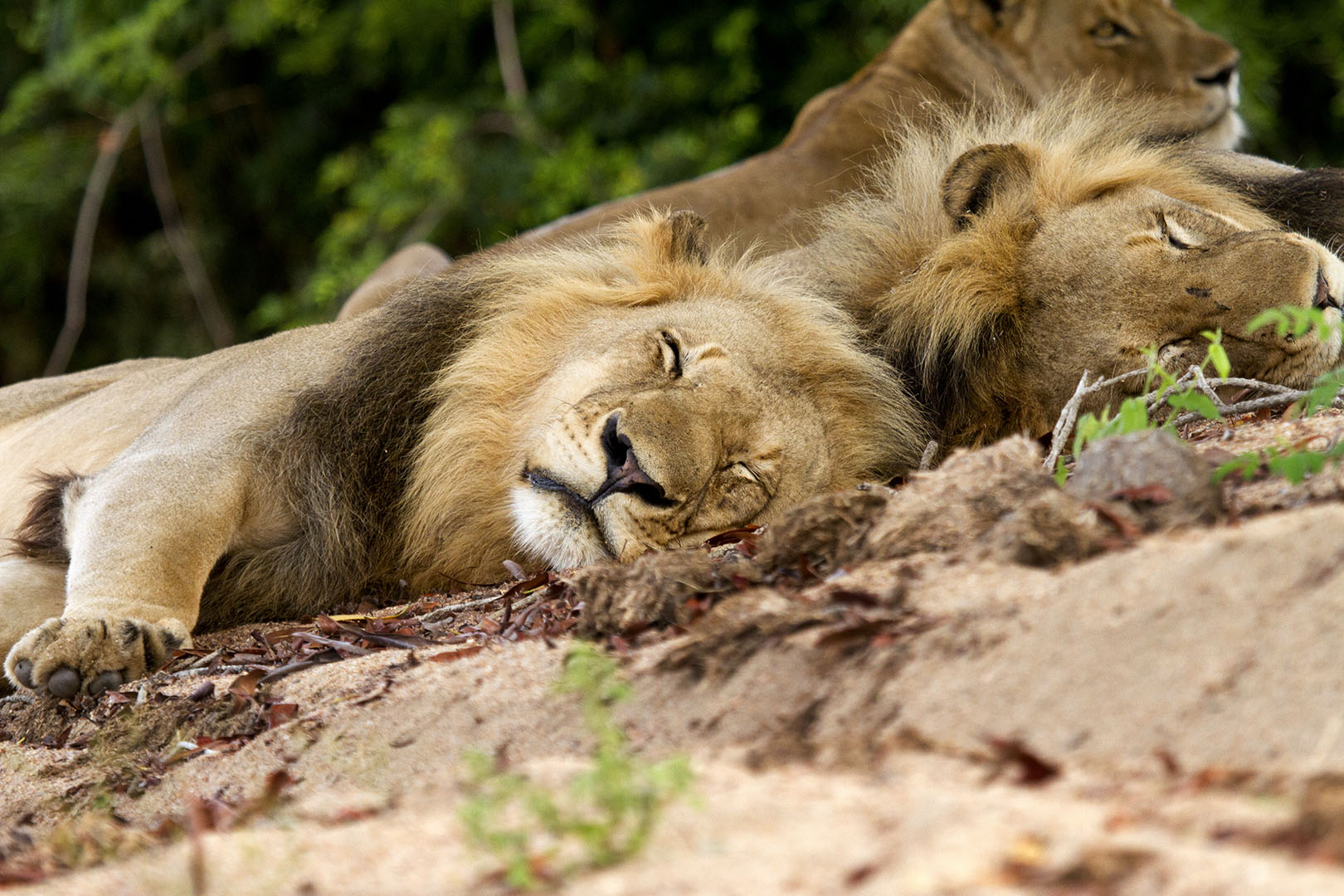
When it comes to wild lion populations, unfortunately, the harsh reality is that in the past 25 years, wild lions have declined by more than half. Due to a complexity of social, political and environmental factors, it’s estimated that there are only 20,000 wild lions left on the African continent. For many who go on a safari, one would confidently expect to see these powerful cats. However, the situation described above puts into context just how fortunate you truly are to see them.
Where You Can See Them:
- Kruger National Park – South Africa
- Sabi Sand Nature Reserve – South Africa
- Serengeti-Mara Ecosystem – Kenya and Tanzania
- Ruaha National Park – Tanzania
- Okavango Delta – Botswana
- Hwange National Park – Zimbabwe
- South Luangwa – Zambia
* This list is just to name a few destinations. There are of course many more, come chat to us.
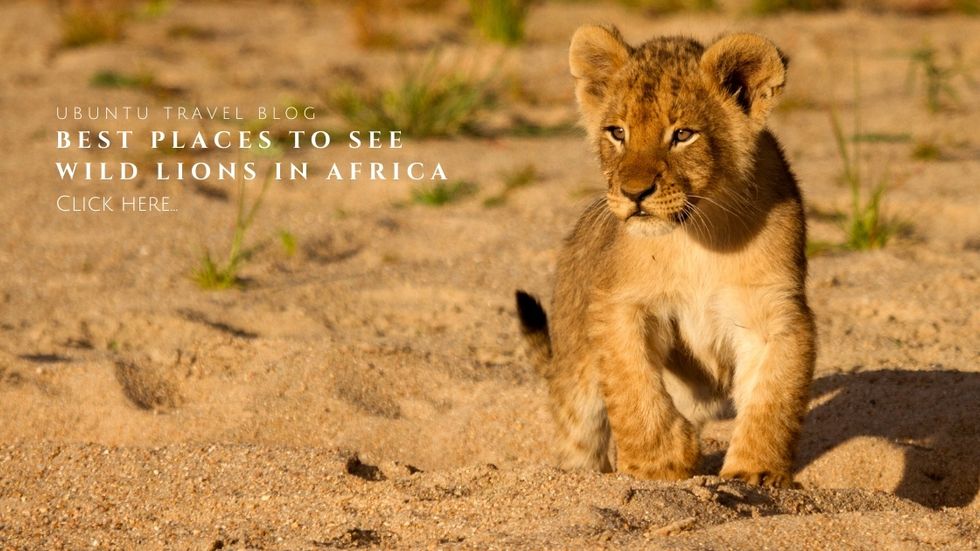
2) Leopard (Panthera pardus)
The elusive reputation and single-minded will of the leopard will capture the imagination of any empowered and confident individual. This rosetted cat moves through the African bush with stealth and prowess. And if you are lucky enough to view one, you’ll get a sense from them that they’re “just too beautiful and wonderfully perfect to worry about your concerns”.
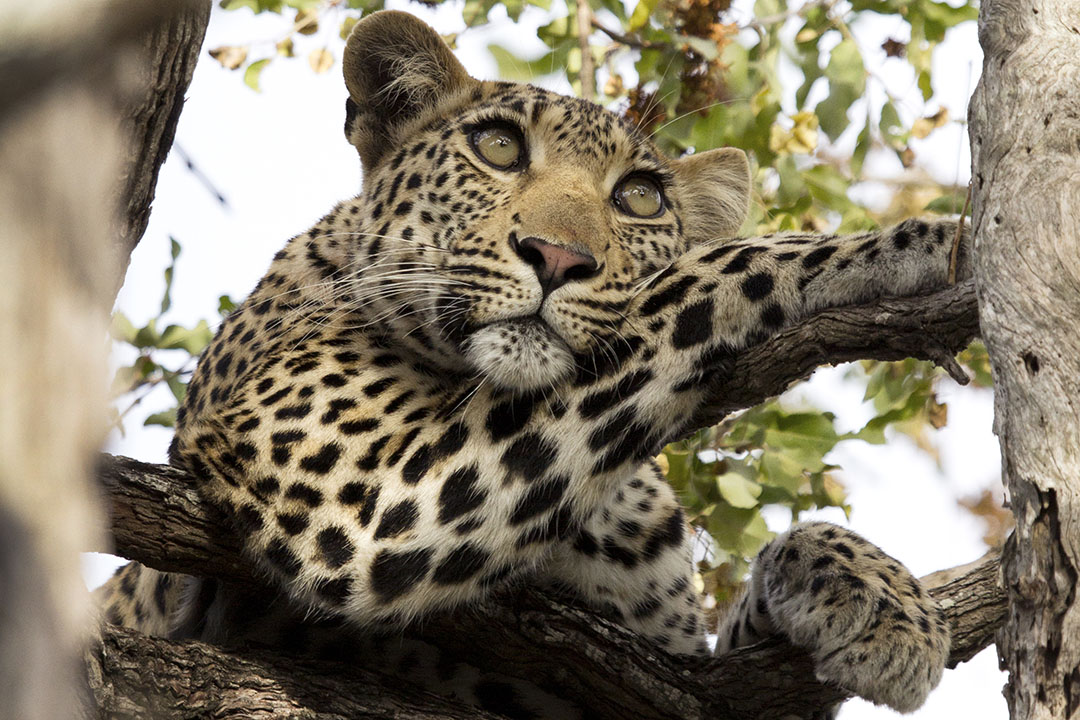
Due to their secretive nature, the estimated numbers left in the wild are quite difficult to determine. Even with their status on the IUCN Red List being vulnerable, they are, however, arguably the most successful of the big cats with populations in a variety of habitats and even being spotted in and around city outskirts and towns surrounding the larger reserves.
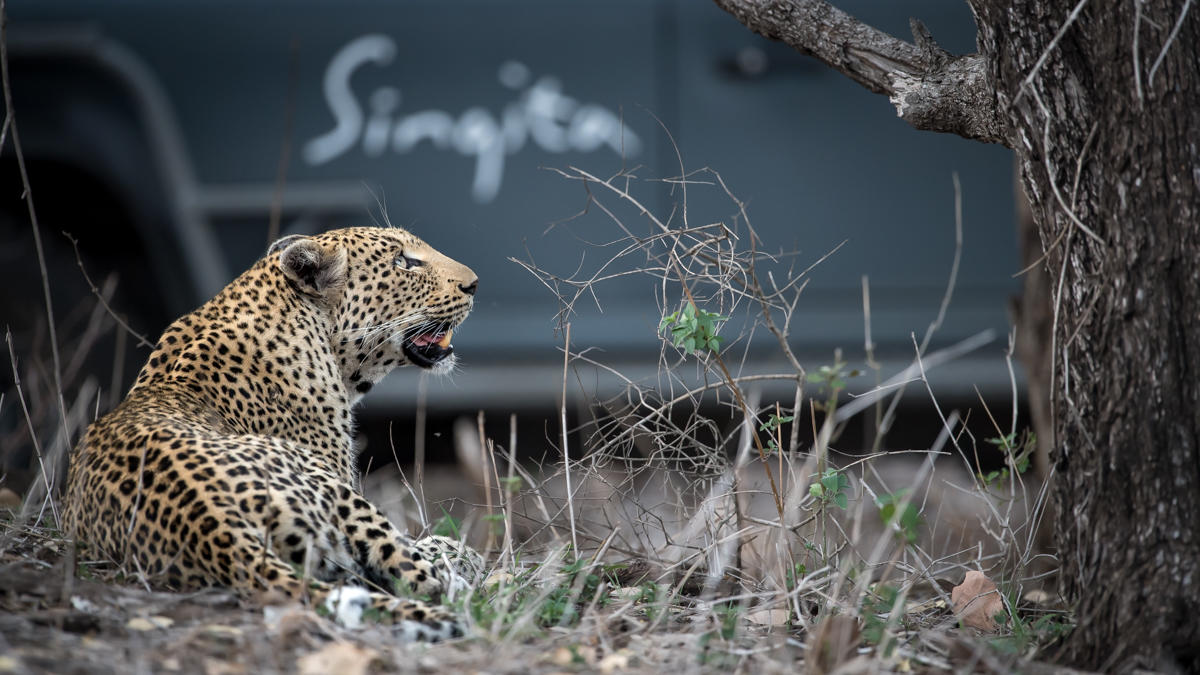
I have been lucky enough to have seen leopards in most safari destinations, but I will still argue that the Sabi Sand Nature Reserve is possibly still the most consistent and reliable destination to observe and photograph these incredible cats. Through decades of collaboration with Panthera, a big cat conservation organization, many lodges in the Sabi Sands have gained incredible insights into the social and territorial structure of leopards. This scientific insight not only provides an unrivaled window into their social structure, but has helped design conservation strategies across the globe to better understand how we can protect and conserve this amazing cat.
Above Images: taken during our last visit to the Sabi Sand Game Reserve, South Africa. In one morning we saw 6 leopards. Read full story here, “A Morning of Leopards”.
Where You Can See Them:
- Kruger National Park – South Africa
- Sabi Sand Nature Reserve – South Africa
- Okavango Delta – Botswana
- South Luangwa – Zambia
- Sambura National Park – Kenya
- Serengeti National Park – Tanzania
- Laikipia Region – Tanzania
* This list is just to name a few destinations. There are of course many more, come chat to us.
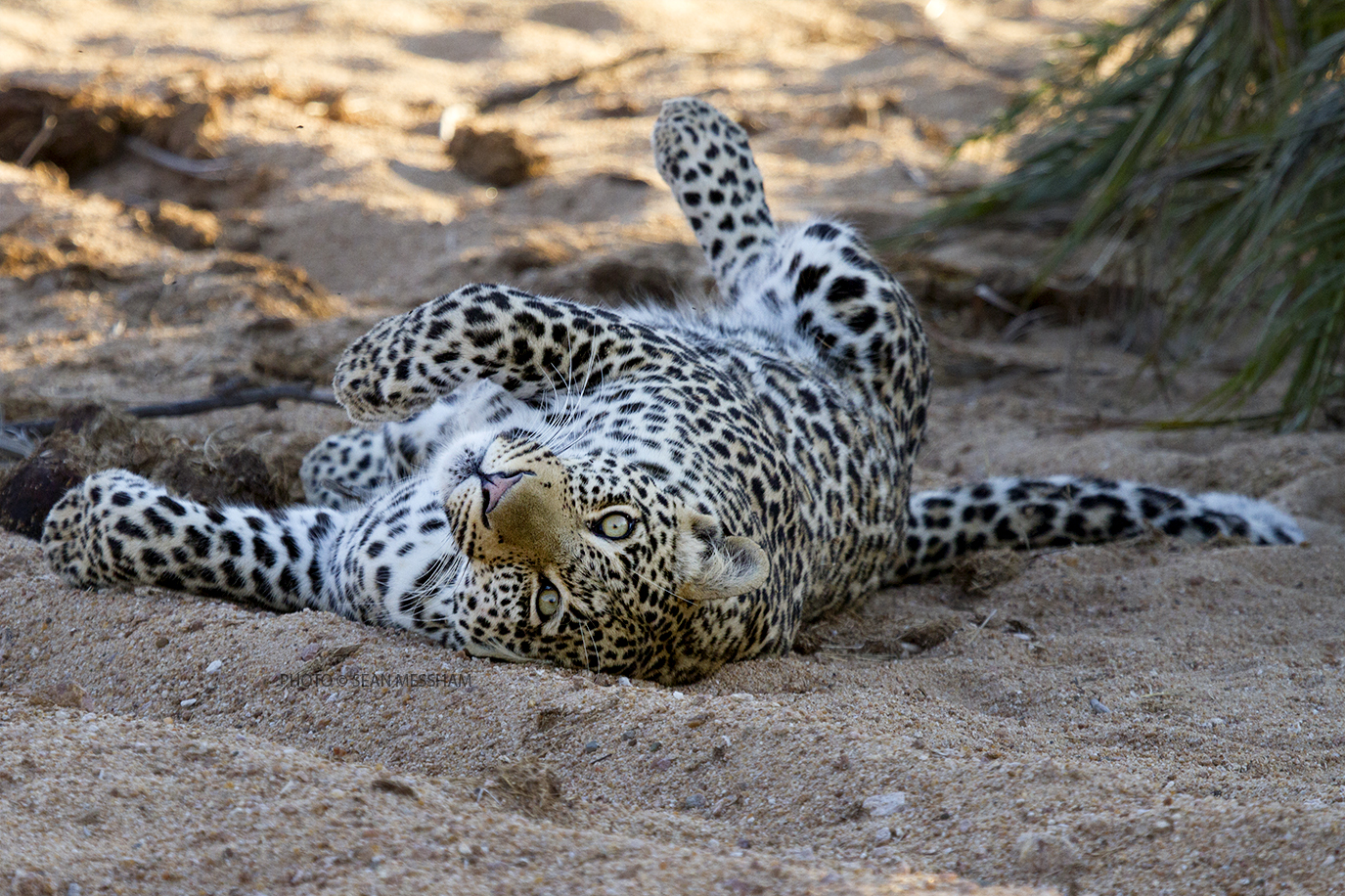
3) African Elephant (Loxodonta africana)
We all know that the African elephant is the largest land mammal on the planet, and that alone is a wonderful awe inspiring reason to want to see them in the wild. But after just five minutes of observing a herd, learning and understanding their matriarchal social structures and recognizing the evident family and individual connections they share. You will develop a deep appreciation and, dare I say it, emotional connection to these amazing animals.
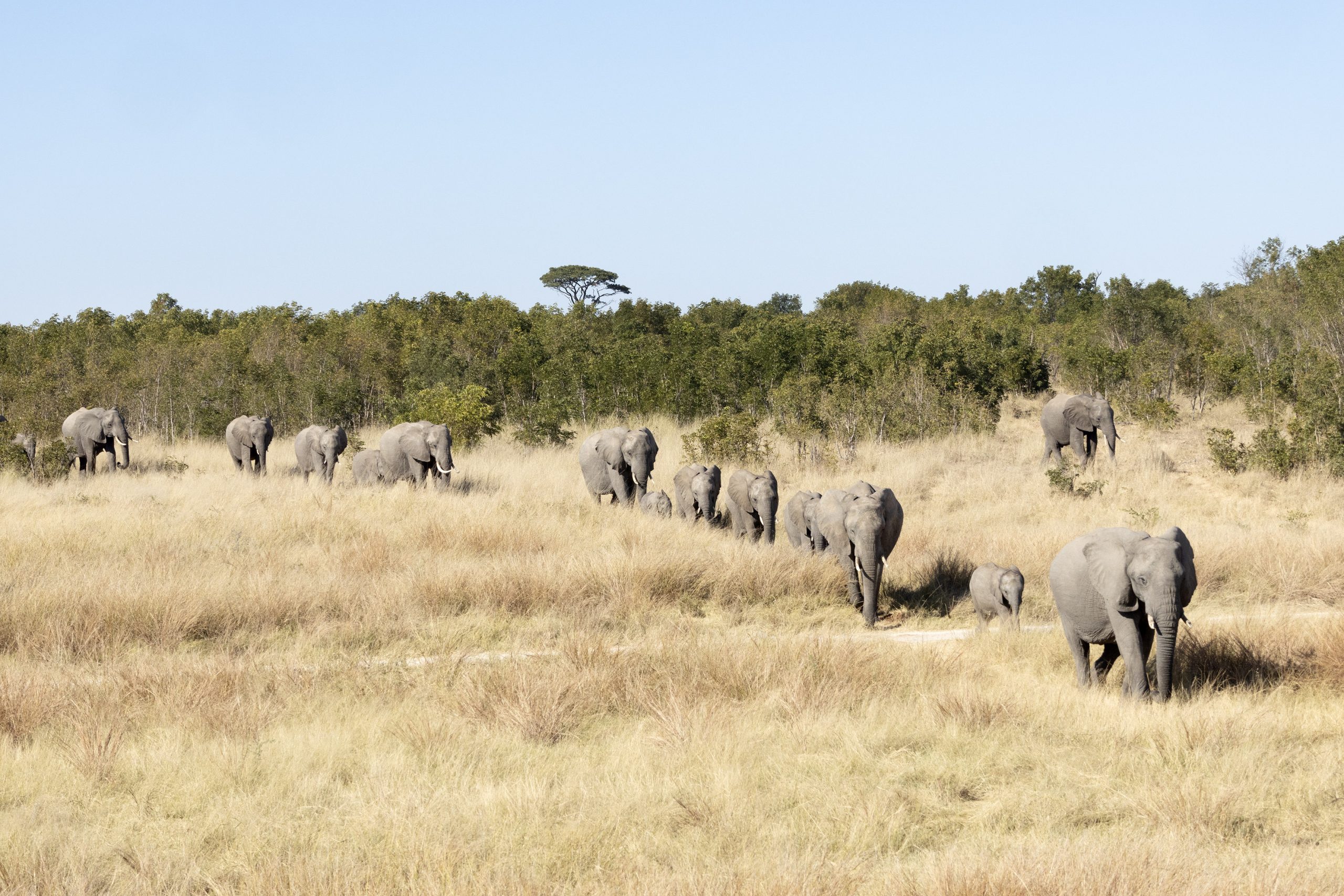
It is their remarkable intelligence and complex social bonds, akin to human connections, that arguably make their precarious position on Earth even more devastating. According to the International Fund for Animal Welfare, there are just 400,000 wild elephants left on the continent, with a decline of 8% a year! A third of the population in Zimbabwe and Kenya. With population expansion, human-wildlife conflict in rural areas is inevitable. Additionally, poaching to supply the illegal ivory trade has increased in recent years. Never before has tourism been more important to help protect this iconic animal. As tourism plays a crucial role in providing economic incentives and financial support to local communities, some of which also face the additional challenge of their food crops being destroyed by roaming or migrating elephants.
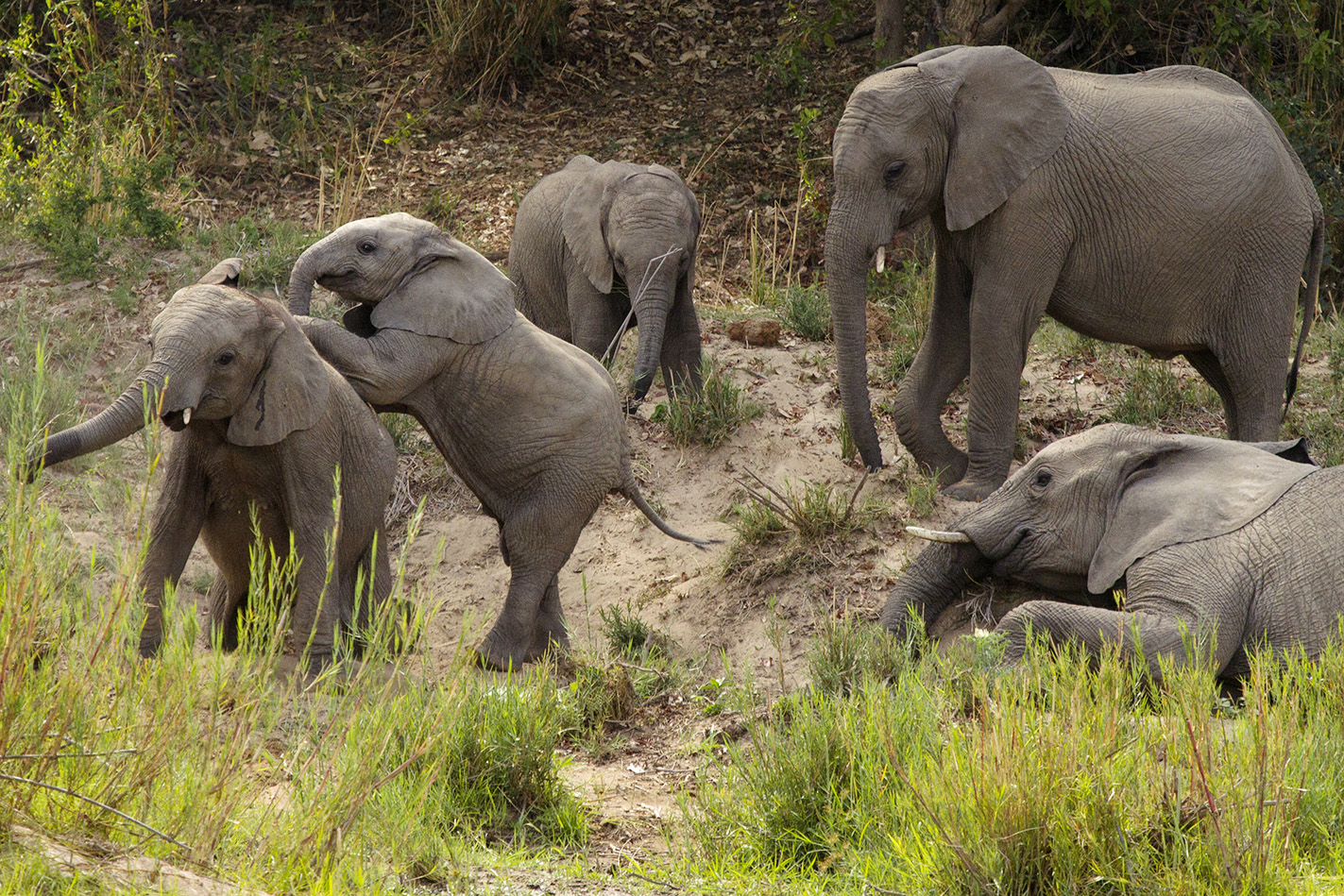
As a result, we work closely with partners and organizations like the African Wildlife Foundation to help understand how we can best support ongoing conservation efforts and community development projects in areas that are affected. I encourage you, when you do go on safari, to visit the local rural communities in the area and learn first-hand how the lodges you stay at work with locals to help protect the elephant populations and mitigate the stress they might put on sustainable farming in some cases.
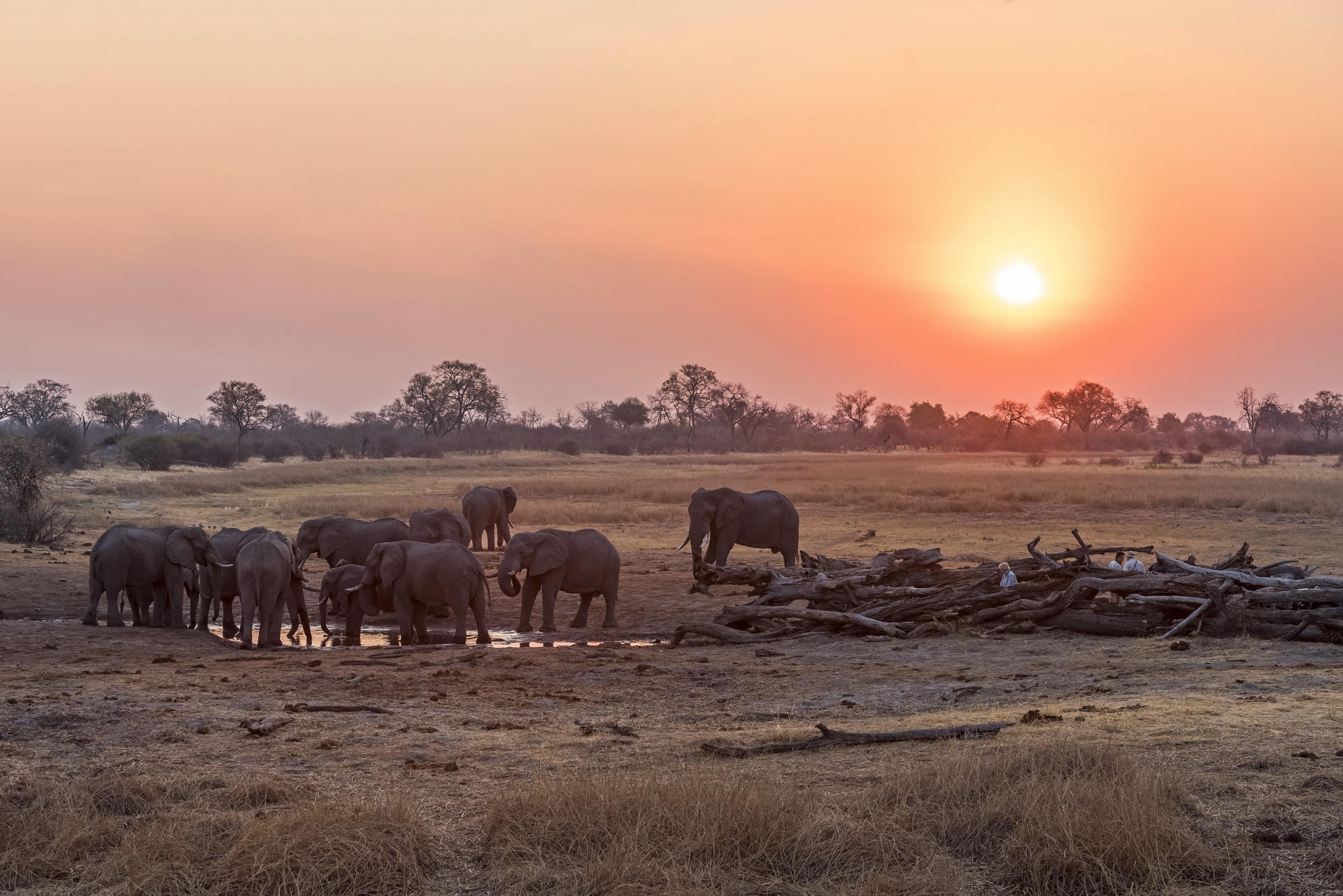
Where You Can See Them:
- Kruger National Park – South Africa
- Hwange National Park – Zimbabwe
- Okavango Delta – Botswana
- Tsavo National Park – Kenya
- Amboseli National Park – Kenya
- Serengeti-Mara Ecosystem – Kenya and Tanzania
- Tarangire National Park – Tanzania
* This list is just to name a few destinations. There are of course many more, come chat to us.
4) African Buffalo (Syncerus caffer)
To many, the African (Cape) buffalo is likely the least charismatic out of the Big Five. Especially when you view the lonely ‘dagga boys’ (old males) resting in the shallow river waters, busy chewing on their cud. They seem to be ruminating over possibly better times when they were the dominant males in the breeding herds.

However, their strength and obvious power cannot be ignored, particularly when encountering a herd ranging from 100 to thousands strong. When I was a guide, I thoroughly enjoyed placing our vehicle into a position to allow the herds to slowly graze past us. With the engine turned off you could hear the sounds of grunts, snorts, butting heads, moaning calves and hooves thumping into rich African soil. In time you would notice the cattle egrets behind their feet, catching and eating the insects disturbed in the grass. The oxpeckers jostling for position to ply ticks off the buffalo, or even sipping the blood from a recent wound. All of this, coupled with their strong, distinct smell, gave me a sense of a healthy and optimistic ecosystem.
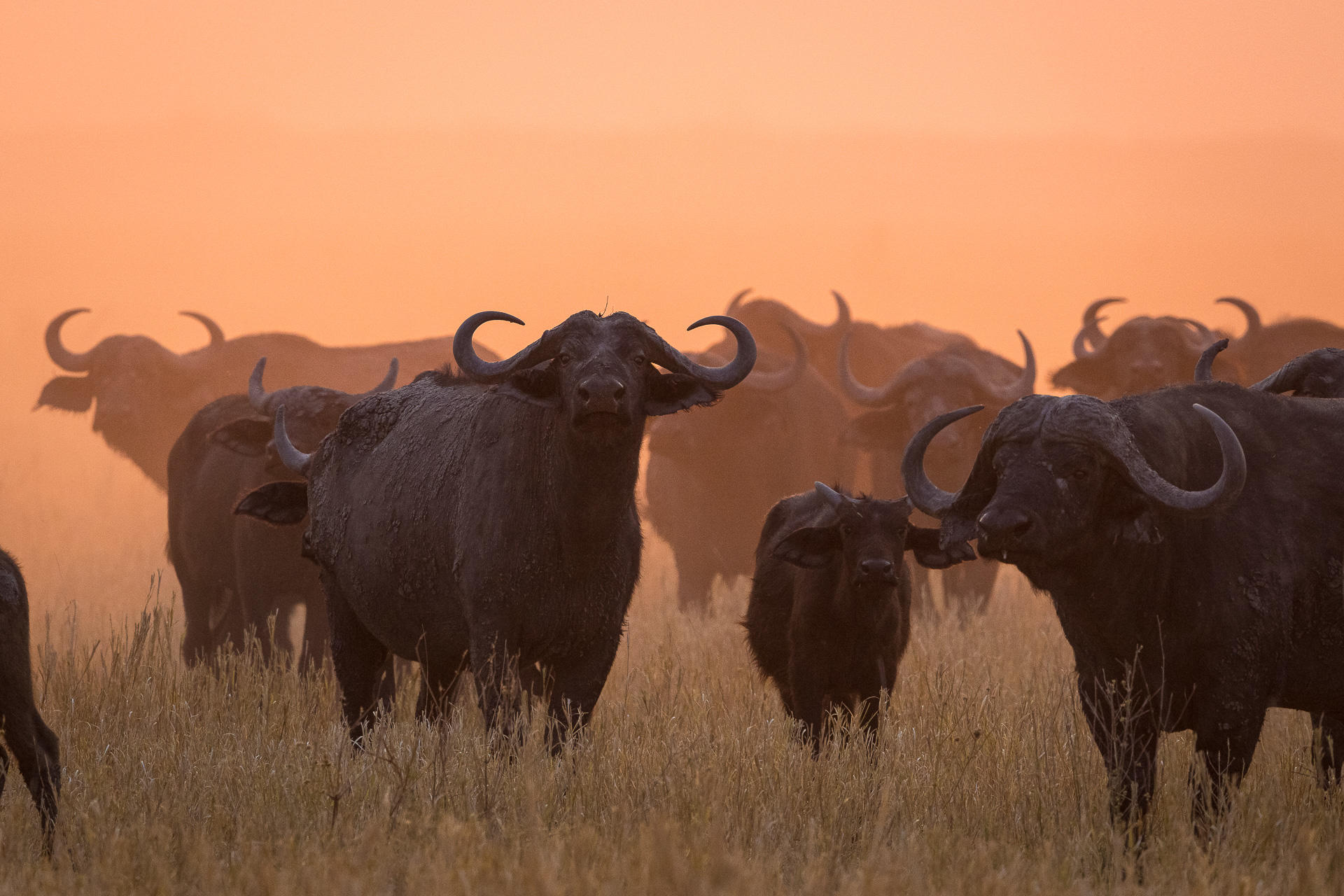
But do not be fooled by the tranquility of the game drive experience, nor the cattle like similarities in their behavior. These animals, weighing in at 900 kg, readily defend themselves if they feel threatened, charging at a rapid 35mph (56 km/h). If you are on foot, these are likely the animals you want to be most aware of.
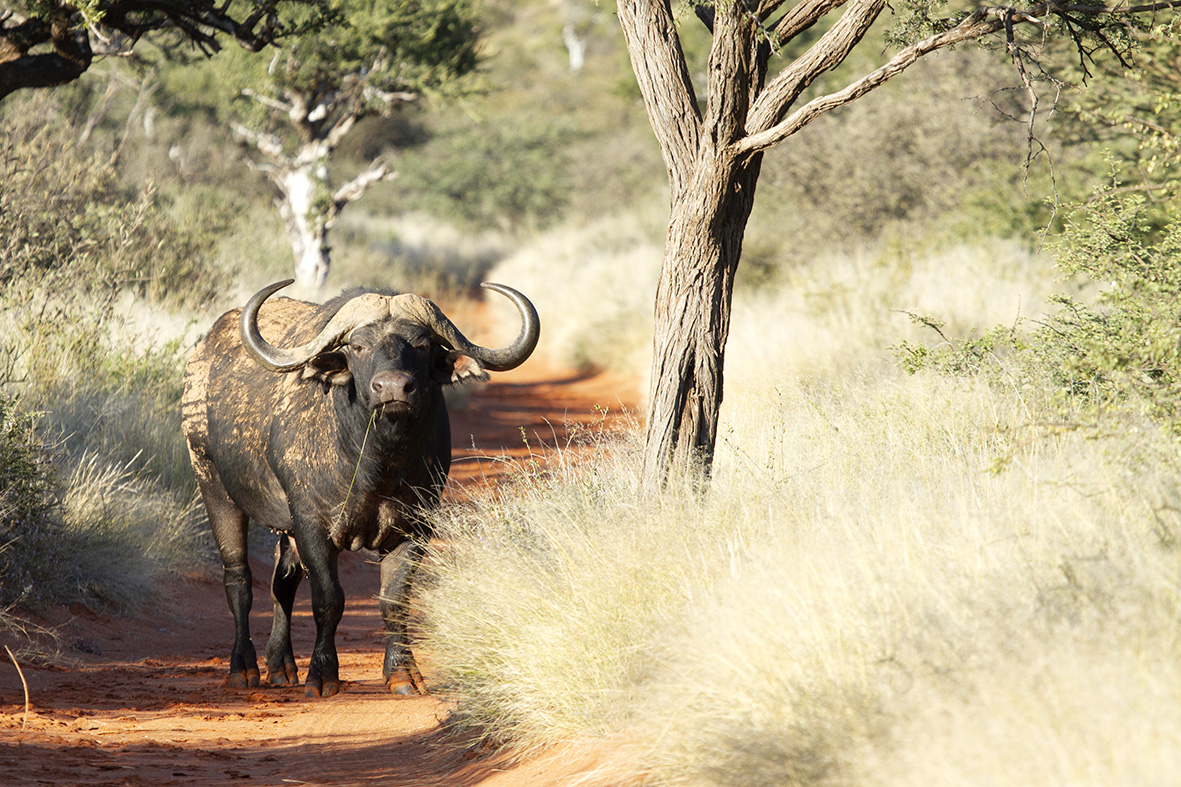
Where You Can See Them:
- Grumeti Private Reserve – Tanzania
- Katavi National Park – Tanzania
- Matetsi Victoria Falls – Zimbabwe
- Okavango Delta – Botswana
- Kruger National Park – South Africa
- Mababe Depression – Botswana
* This list is just to name a few destinations. There are of course many more, come chat to us.
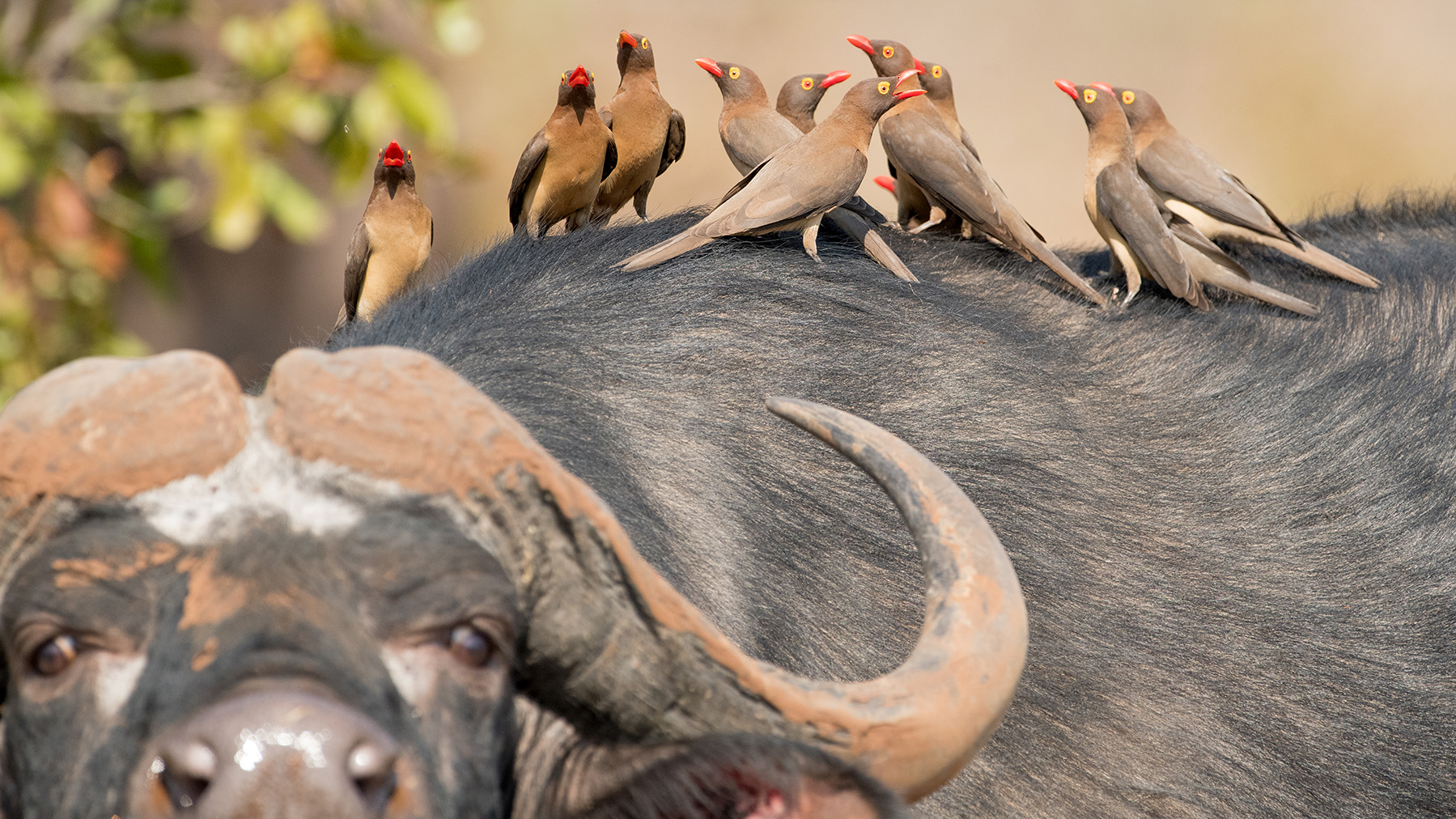
5) Rhinoceros (Black and White)
As a South African, the crisis surrounding Africa’s rhino population is heart wrenching. Estimates indicate that only 29,000 rhinos remain in the wild, with over 70% of this population residing in South Africa. With the increase in poaching for the illegal rhino horn trade, it is fair to come to an opinion that this member of the Big Five will become increasingly more and more difficult to see.
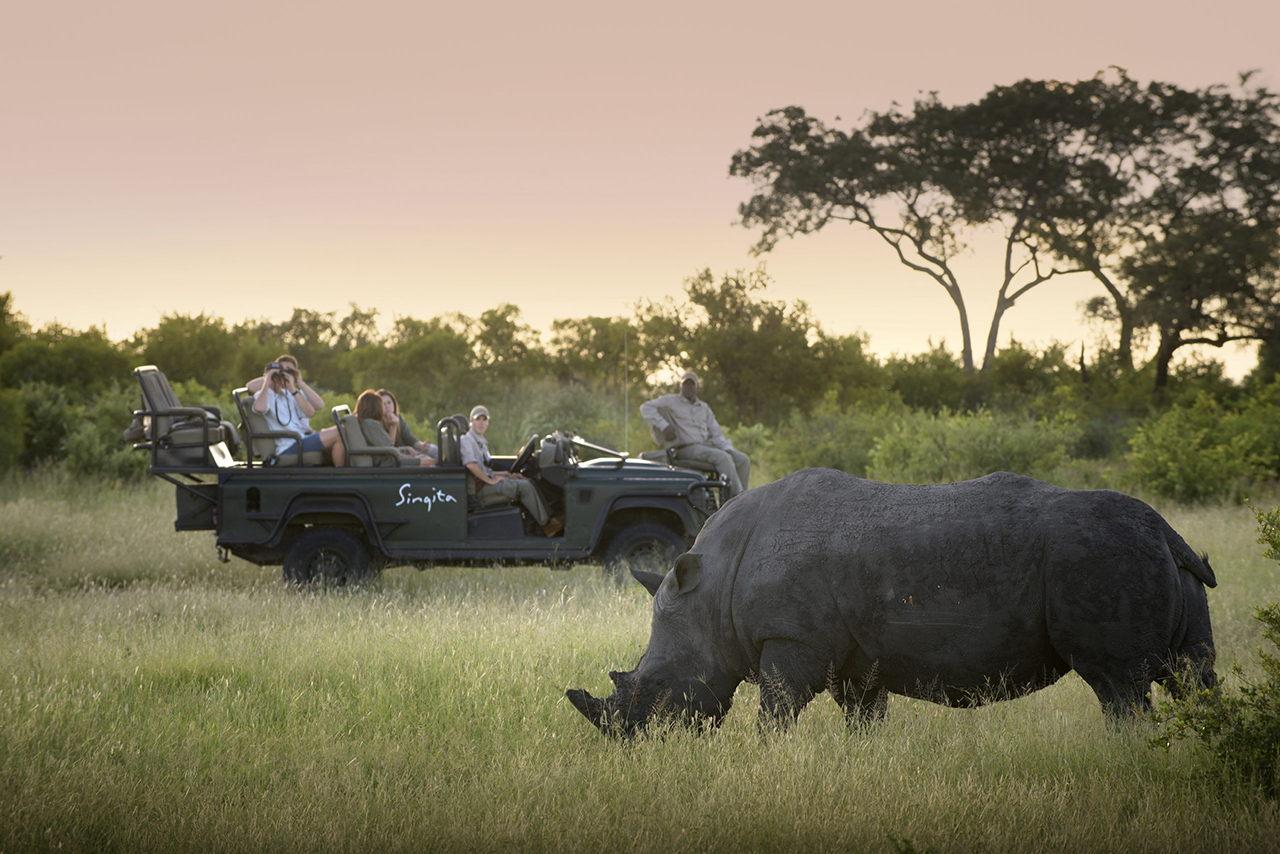
Nevertheless, the commitment to protecting rhino populations has never been higher. The Kruger National Park (and surrounding reserves) has the largest remaining population of rhino. According to a 2022 report, over $61 million has been spent on protecting rhino populations in South Africa, with $37 million allocated to the Kruger between 2017 and 2021. In Zimbabwe’s Malilangwe Reserve, with the support of the Malilangwe Trust, the rhino population is increasing. There have also been incredibly successful projects to expand the rhino populations into Botswana and Rwanda from South Africa.
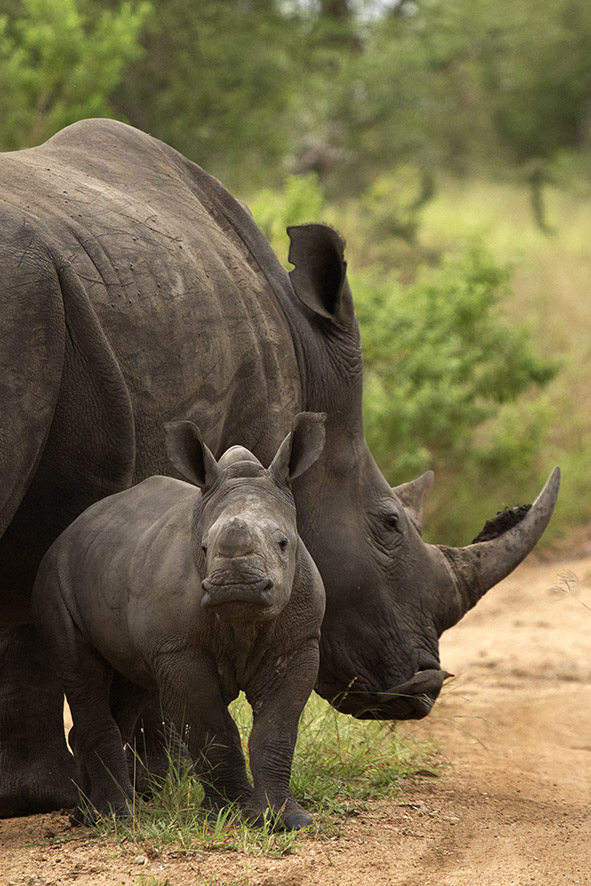
Given that this issue holds a special place in our hearts at Ubuntu Travel, we have designed conservation safaris for those who wish to travel and actively participate in protecting this species. Our very own Co-founder, Kyle Green, has played his role in numerous rhino dehorning experiences, which has helped reduce the incentive for rhinos to be poached. Have a look at the video below.
Where You Can See Them:
- Kruger National Park – South Africa
- Sabi Sand Game Reserve – South Africa
- Phinda Private Game Reserve – South Africa
- Lewa Wilderness – Kenya
- Laikipia Region – Kenya
- Etosha – Namibia
* This list is just to name a few destinations. There are of course many more, come chat to us.
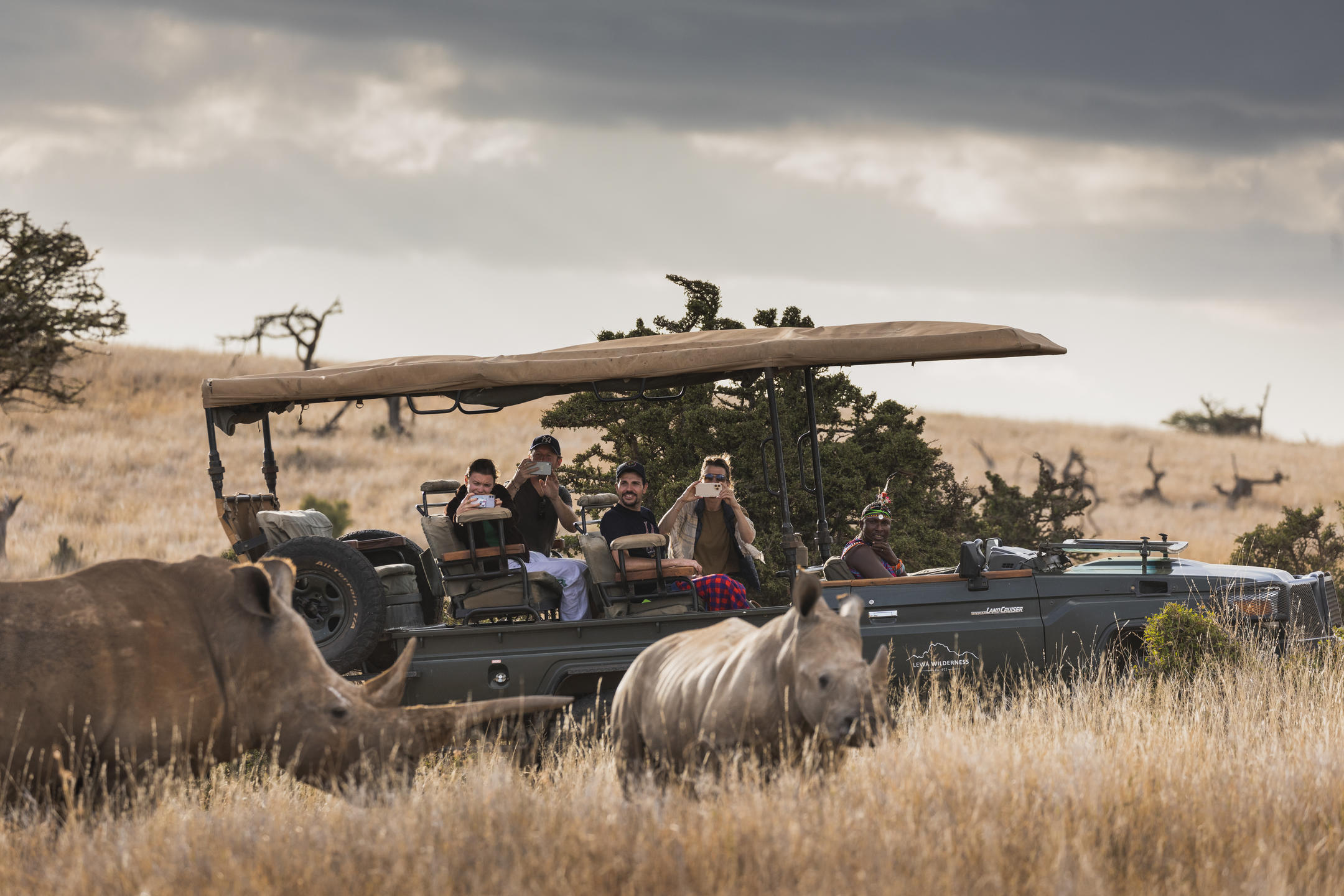
In conclusion, your enthusiastic journey to Africa, embarking on a safari to witness the majestic Big Five, becomes a meaningful contribution to the ongoing protection and conservation of these iconic African species. Furthermore, the Big Five are often referred to as keystone species, signifying that their protection is synonymous with safeguarding the wild ecosystems they inhabit. Thus, preserving the biodiversity and wealth of wildlife that renders the African continent so unique and special. Africa is waiting for you…
Are you ready for the trip of a lifetime?
If you’re thinking of planning a trip, we’re here to help! Our team of travel designers will create an itinerary just for you to create memories to last a lifetime and conquer your bucket list. Get in touch with us today to start planning your adventure in Africa.



